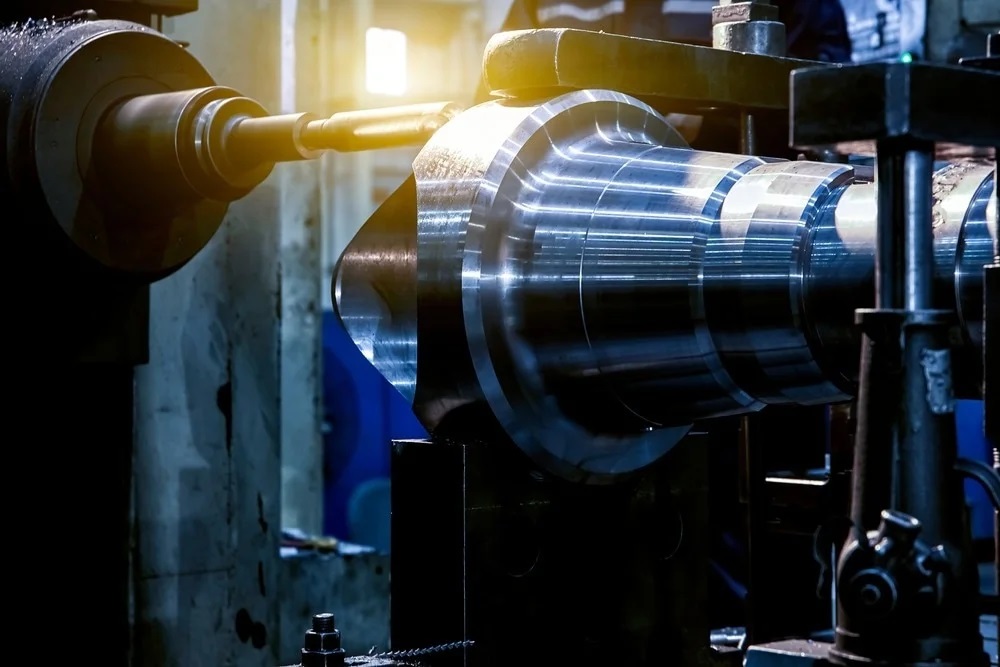Rotational molding, also known as roto molding, is a versatile manufacturing process widely used for producing hollow plastic products. From industrial containers to children’s toys, this method offers a cost-effective way to create intricate shapes with consistent quality. To achieve successful rotational molding, one must navigate through various considerations. Here are essential tips and tricks to ensure your Rotomolding process is a triumph.
Rotational Molding involves heating a hollow mold while rotating it on two perpendicular axes. This process evenly distributes molten plastic, creating a seamless and durable product. Understanding the basics is crucial for mastering this technique.
I. Understanding the Basics
- Heating the Mold
Properly heating the mold is the foundation of successful rotational molding. Consistent heat ensures uniform material distribution.
- Loading the Polymer Resin
Choosing the right polymer resin and understanding its characteristics are pivotal. Factors like powder size and flowability impact the final product’s quality.
- Rotating the Mold
The rotation speed and direction play a vital role in achieving the desired thickness and shape. Experimenting and fine-tuning these parameters are necessary for optimal results.
II. Material Selection Tips
- Polymer Types
Selecting the appropriate polymer is paramount. Each type has unique properties, affecting the final product’s strength, flexibility, and durability.
- Powder Characteristics
Understanding powder characteristics, such as particle size and flow, aids in preventing issues like uneven wall thickness.
III. Mold Design Considerations
- Mold Shape
The mold’s geometry significantly influences the final product. Attention to detail in design helps prevent defects and ensures uniform thickness.
- Venting
Proper venting prevents trapped air, reducing the risk of defects like bubbles or warping.
IV. Temperature and Timing
- Heating Duration
Balancing the heating duration is crucial for achieving the desired melt. Overheating may lead to material degradation, affecting the product’s quality.
- Cooling Process
Controlled cooling prevents warping and deformation. Understanding the cooling curve is essential for achieving the desired material properties.
V. Quality Control Measures
- Inspection during Rotation
Regular inspections during the rotation process help identify issues early, allowing for adjustments to maintain quality.
- Post-Molding Inspections
Thorough inspections post-molding ensure the final product meets quality standards.
VI. Troubleshooting Common Issues
- Uneven Wall Thickness
Addressing issues like uneven wall thickness requires adjustments to rotation speed, heating duration, or mold design.
- Warping
Controlling cooling rates and optimizing material distribution helps prevent warping issues.
- Surface Imperfections
Fine-tuning parameters and ensuring proper venting can minimize surface imperfections.
Mastering rotational molding involves a holistic understanding of material properties, design principles, and process parameters. By implementing the tips and tricks outlined above, manufacturers can enhance product quality, reduce defects, and contribute to a more sustainable future.


